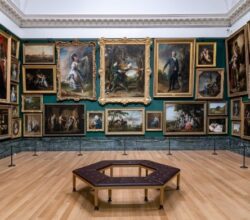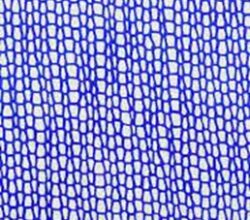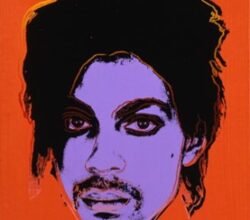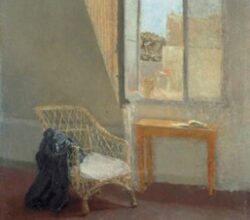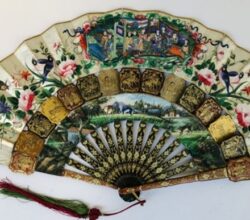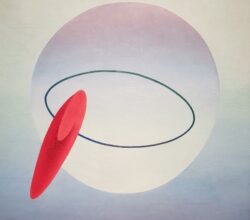
Liu Xiaodong with Barry Schwabsky
Barry Schwabsky | The Brooklyn Rail | 1st May 2023
Liu’s neo-realist paintings are large scale, unidealized, renditions of people and places. He chooses a town about which he knows little and, after getting to know the place, chooses subjects pretty much at random. This “casual” approach yields portraits that are impartial yet also empathetic. Liu claims he doesn’t “wish to investigate and tell some truth about a place”. Except, perhaps he does anyhow – in the face of modernization, these are portraits of “local ways of life”.


